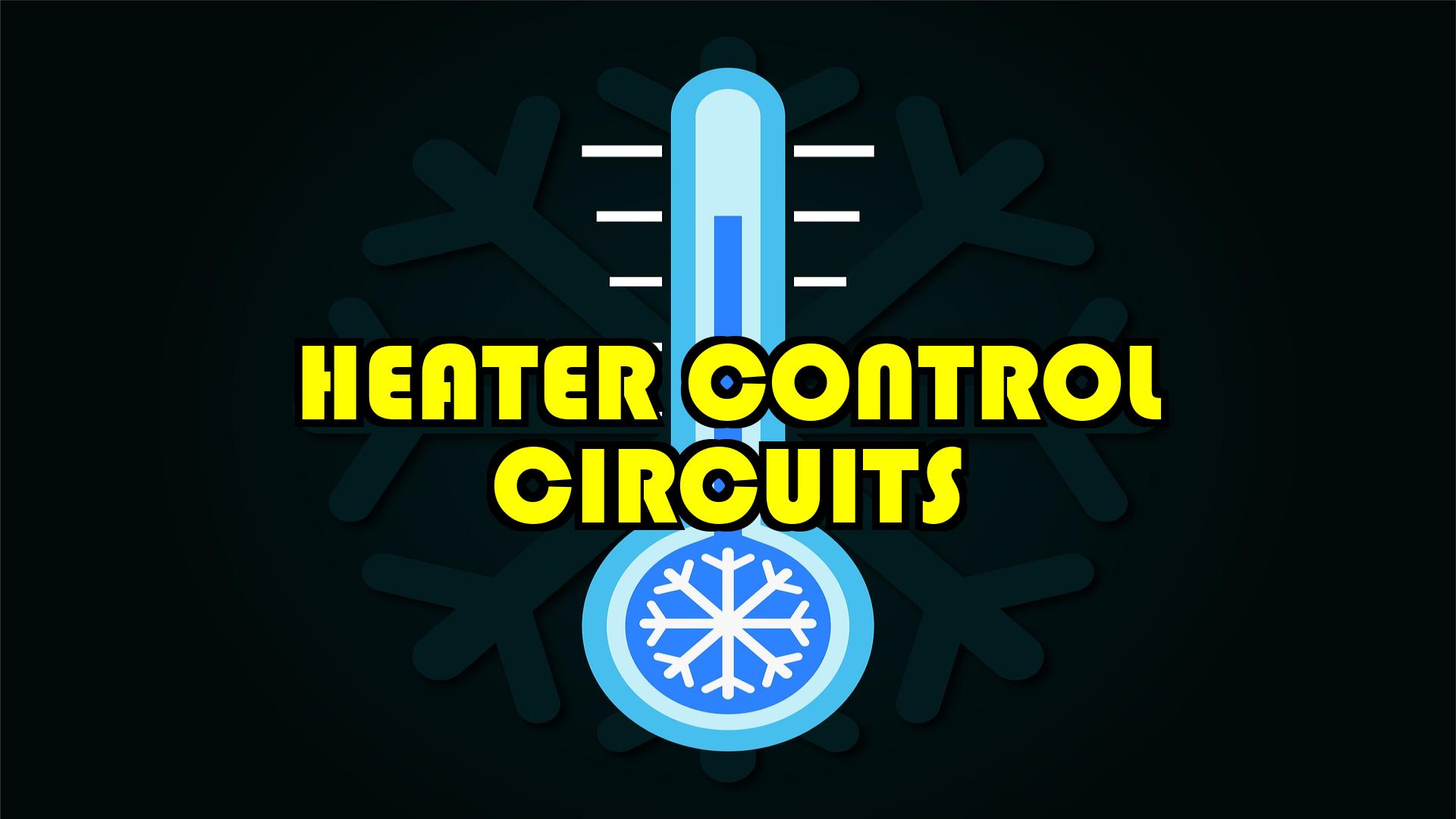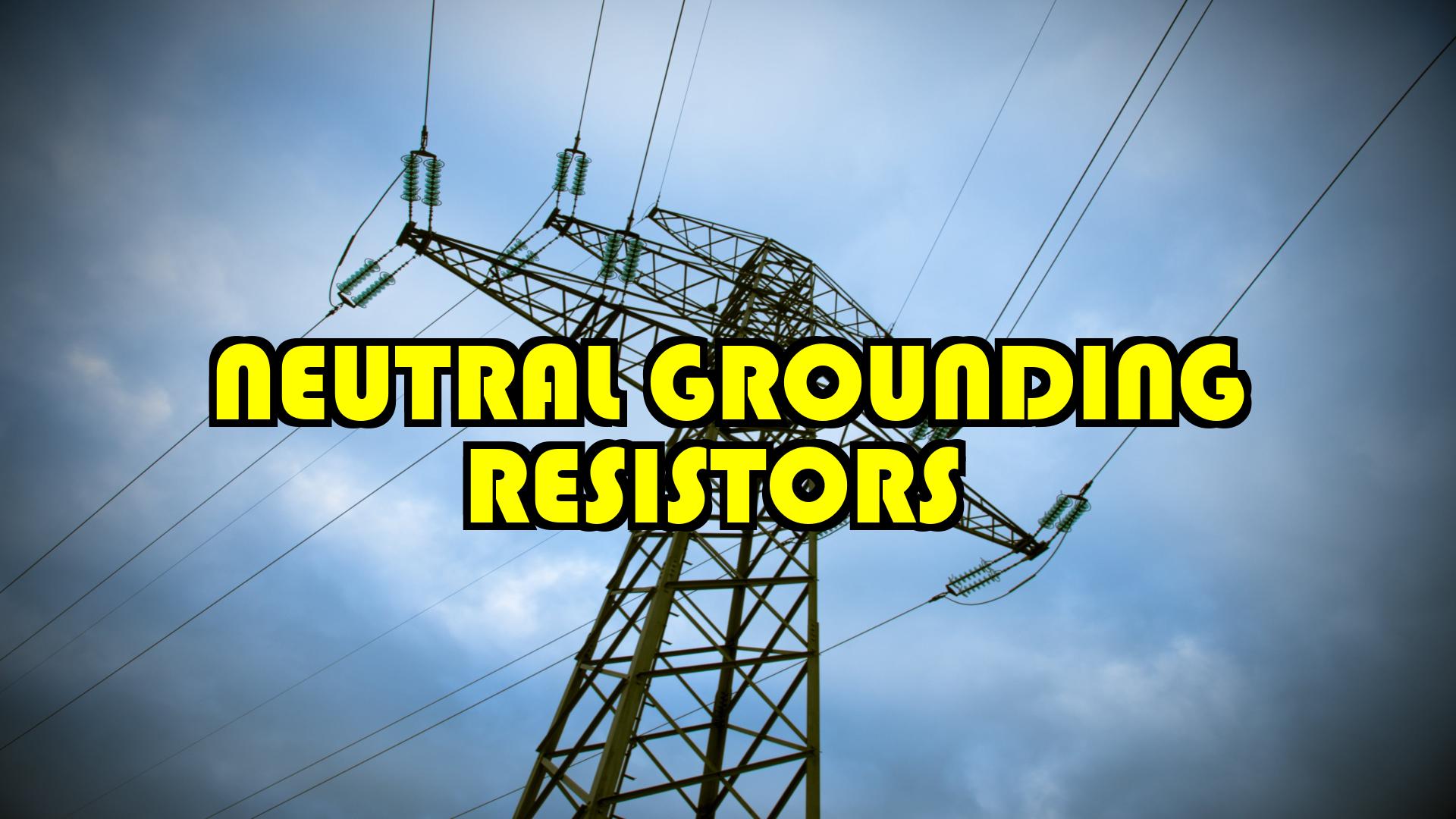Heater Control Circuit: Complete Overview And Reliable Guide For Engineers in 2024

Heater control circuits are the electronic brains behind the thermal comfort we often take for granted. Whether it’s your home heating system or a complicated industrial process, these circuits ensure that the temperature is just right. Let’s unravel the mystery of how heater control circuits work and how they benefit in our daily lives.
Components of a Heater Control Circuit
Thermostat
The thermostat is the heart of any heater control circuit. It senses the current temperature and communicates with the control unit to make necessary adjustments.
Temperature Sensors
Precise temperature sensors provide real-time data to the control unit, giving it the ability to regulate the heating element effectively.
Heating Element
The heating element is responsible for generating warmth. Its power is modulated by the control unit based on feedback from sensors.
Control Unit
The control unit processes information from the thermostat and sensors.
How Heater Control Circuits Work
Heater control circuits operate on a feedback mechanism. The thermostat monitors the temperature continuously and sends signals to the control unit. It then adjusts the heating element accordingly. This dynamic process ensures a constant and comfortable temperature.
Role of Thermostats
Thermostats dictate when to increase or decrease heating. Their accuracy is crucial for maintaining a consistent and pleasant environment.
Common Issues with Heater Control Circuits
Sensor Malfunctions
Faulty sensors can lead to inaccurate temperature readings, causing the system to overheat or underperform.
Wiring Problems
Loose or damaged wiring can disrupt communication between components, affecting the circuit’s efficiency.
Overheating Concerns
Inadequate heat dissipation or prolonged operation can lead to overheating. Which can potentially damage the circuit.
Troubleshooting Heater Control Circuits
Checking Sensors
Regularly inspecting and calibrating sensors can prevent malfunctions and ensure accurate temperature readings. Here are a few methods to check your sensors:
- Visual Check: Inspect the sensor for any visible damage or loose connections. Ensure it’s clean and securely in place.
- Resistance Test: Use a multimeter to measure the resistance of the sensor. Compare it to the manufacturer’s specifications. If it’s significantly off, the sensor may need replacement.
- Temperature Reading Check: If your heater displays temperature readings, compare them to a reliable thermometer. If there’s a significant difference, the sensor might be faulty.
- Sensor Wiring: Examine the wiring connected to the sensor. Look for any breaks or exposed wires. A damaged wire can affect sensor performance.
- Reset or Recalibrate: Check the user manual for any reset or recalibration procedures specific to the sensor. Follow the instructions to ensure accurate readings.
- Environmental Factors: Consider the sensor’s placement. Ensure it’s not exposed to extreme temperatures or direct drafts, as this can affect its performance.
- Replacement: If all else fails and the sensor seems faulty, consider replacing it. Make sure to use a compatible sensor recommended by the manufacturer.
Examining Wiring Connections
Ensuring secure and intact wiring connections is vital for maintaining the circuit’s functionality.
Temperature Calibration
Periodic calibration of temperature settings helps in avoiding drastic fluctuations and maintaining a stable environment.
Importance in Energy Efficiency
Heater control circuits contribute significantly to energy efficiency by modulating power consumption based on actual needs. This not only reduces utility bills but also aligns with environmental conservation efforts.
Environmental Considerations
Efficient heater control systems play a role in minimizing energy wastage, contributing to a greener and more sustainable future.
Tips for Maintaining Heater Control Circuits
Regular Inspections
Implementing routine inspections and preventive maintenance measures can extend the lifespan of heater control circuits.
Cleaning and Dust Removal
Dust accumulation can impede the functioning of components. Regular cleaning ensures uninterrupted operation.
Professional Maintenance
Engage professional services for periodic maintenance to address issues that may not be visible during routine inspections.
Safety Measures
Overheat Protection
Modern heater control circuits have safety features to prevent overheating. It is really helpful for user safety and equipment longevity.
Fire Prevention
Make sure stringent safety measures are in place to minimize the risk of fire.
Proper Installation:
Ensure the heater is installed correctly following manufacturer instructions and local codes.
Regular Inspection:
Periodically check for wear, damage, or loose connections in the circuit; address issues promptly.
Clearance and Ventilation:
Maintain a safe distance from combustible materials, and ensure proper ventilation around the heater.
Emergency Shut-off:
Know the location of the emergency shut-off switch or circuit breaker for quick power cut-off in case of issues.
Benefits of Upgrading Heater Control Circuits
Energy Efficiency
Modern control circuits often come with advanced features like programmable thermostats and smart controls, allowing for better energy management and increased efficiency.
Cost Savings
Improved energy efficiency translates to potential cost savings on heating bills over time. Upgrading can lead to more precise temperature control and reduced energy consumption.
Enhanced Safety Features
Newer control circuits often incorporate advanced safety features, such as automatic shut-off mechanisms and overheat protection, reducing the risk of accidents.
Smart Technology Integration
Upgrades may include compatibility with smart home technology, enabling remote control, scheduling, and integration with other smart devices for a more convenient heating experience.
Extended Lifespan
Modern components and materials used in upgraded circuits can contribute to increased durability and a longer lifespan for the heating system.
Improved Comfort Control
Advanced control features allow for more precise temperature adjustments, providing better comfort and control over the heating environment.
Environmental Impact
Upgrading may lead to a reduction in energy consumption, contributing to a lower carbon footprint and a more environmentally friendly heating system.
Customization Option
Some upgraded control circuits offer customizable settings, allowing users to tailor the heating system to their specific preferences and schedules.
Compatibility with Renewable Energy Source
Upgraded systems may be more easily integrated with renewable energy sources, supporting the shift towards greener and more sustainable heating solutions.
Cost Considerations
Initial Investment
While advanced heater control systems may have a higher upfront cost, the long-term savings in energy bills often justify the initial investment.
Long-term Savings
Calculate the potential long-term savings that come with energy-efficient heater control circuits, emphasizing their cost-effectiveness over time.
Heater Control Circuits vs. Traditional Heating Methods
Energy Efficiency
| Heater Control Circuits | Traditional Heating Methods |
| Precise temperature regulation | Limited control over temperature |
| Higher efficiency due to targeted heating | Potential energy waste and uneven heating |
| Optimized for energy conservation | Less energy-efficient, leading to higher costs |
Explanation:
Heater control circuits offer superior efficiency through precise temperature regulation. Unlike traditional methods, they ensure targeted heating, reducing energy waste and providing a more uniform temperature. This optimization results in lower energy consumption and cost savings, making heater control circuits a more efficient choice for heating applications.
Environmental Impact:
| Heater Control Circuits | Traditional Heating Methods |
| Lower energy consumption | Higher energy consumption, contributing to environmental strain |
| Reduced carbon footprint | Increased environmental impact due to inefficiencies |
| Potential for smart, eco-friendly features | Limited sustainability practices |
Explanation:
Heater control circuits exhibit a lower environmental impact by consuming less energy and reducing carbon emissions. Their efficient operation and potential for smart, eco-friendly features make them a more sustainable choice. In contrast, traditional heating methods contribute to environmental strain through higher energy consumption and inefficiencies, highlighting the need for adopting more eco-conscious technologies.
Problems And Issues
Causes and Fixes P0037 Code
Conclusion
In conclusion, heater control circuits are the unsung heroes of our comfort, silently working behind the scenes to ensure the perfect temperature. As technology advances, these circuits will continue to play a crucial role in energy efficiency, user convenience, and environmental responsibility.
FAQs (Frequently Asked Questions)
Are heater control circuits suitable for residential use?
Yes, heater control circuits are widely used in residential heating systems, providing efficient temperature regulation and energy savings.
Can I install a smart heating system in my existing setup?
In many cases, yes. Smart heating systems are designed for easy integration into existing setups, offering enhanced control and convenience.
What should I do if my heater control circuit malfunctions?
If you encounter issues, it’s advisable to consult a professional technician for a thorough inspection and repair.
Are there any safety concerns with heater control circuits?
Modern heater control circuits include safety features to prevent overheating and fire hazards, ensuring user safety.
How often should I schedule maintenance for my heater control system?
Regular maintenance is recommended at least once a year to ensure optimal performance and prevent potential issues.





